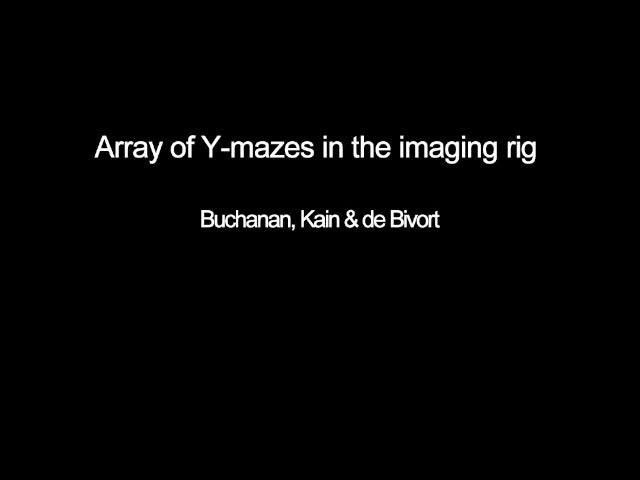Biochemistry And Molecular Biology Of Plants Buchanan Pdf To Jpg

Additional file 5 Complementation of DXR-deficient E. Coli cells with putative DXR-II sequences from Chloroflexus auranticus J-10-fl. The putative DXR-II sequences were PCR-amplified from genomic DNA and cloned into pJET1.2. The corresponding constructs and positive and negative controls (C-, empty vector; C+, DXR-II () from B. Melitensis biovar abortus 2308) were used to transform EcAB4-10 cells []. Ability of the cloned gene to rescue growth of this DXR-deficient mutant strain was ascertained by monitoring growth on plates either supplemented (+) or not (−) with 1 mM MVA as indicated.
Editorial Reviews. Artlantis biblioteka tekstur 7. “Biochemistry and Molecular Biology of Plants, 2nd edition is a. Website includes PowerPoint slides of all the figures from the book, plus PDF files of all the tables from the book, for the user to download. Biochemistry & Molecular Biology of Plants is a majorcontribution to the plant sciences literature, superbly edited bythree distinguished scientists, Bob B. Buchanan, Wilhelm Gruissem,and Russell L. Jones, with contributions from more than 50world-renowned scientists.
1), 2), and 3). Additional file 6 Table S1. List of amino acid sites detected as related to functional divergence of DXR-II vs DLO1 and DXR-II vs DLO2. List of sequences used as queries in BLAST searches for enzymes of the MEP, MVA and CP pathway, and the corresponding bacterial strain. Distribution of enzymes of the MEP, MVA and the CP pathways across 128 whole sequenced bacterial strains.
GC content of DXR-II genes and corresponding genomes. 3:1 relative dinucleotide frequencies at DXR-II genes and their corresponding genomes and statistical tests of co-variation.

RSCU values at DXR-II genes and their corresponding genomes and statistical tests of independence. CAI values for DXR-II genes and the average for all genes in the corresponding genomes. Results Searches through 1498 bacterial complete proteomes detected 130 sequences with similarity to DXR-II. Phylogenetic analysis identified three well-resolved clades: the DXR-II family (clustering 53 sequences including eleven experimentally verified as functional enzymes able to produce MEP), and two previously uncharacterized NAD(P)-dependent oxidoreductase families (designated DLO1 and DLO2 for DXR-II-like oxidoreductases 1 and 2).
Our analyses identified amino acid changes critical for the acquisition of DXR-II biochemical function through type-I functional divergence, two of them mapping onto key residues for DXR-II activity. DXR-II showed a markedly discontinuous distribution, which was verified at several levels: taxonomic (being predominantly found in Alphaproteobacteria and Firmicutes), metabolic (being mostly found in bacteria with complete functional MEP pathways with or without DXR-I), and phenotypic (as no biological/phenotypic property was found to be preferentially distributed among DXR-II-containing strains, apart from pathogenicity in animals). By performing a thorough comparative sequence analysis of GC content, 3:1 dinucleotide frequencies, codon usage and codon adaptation indexes (CAI) between DXR-II sequences and their corresponding genomes, we examined the role of horizontal gene transfer (HGT), as opposed to an scenario of massive gene loss, in the evolutionary origin and diversification of the DXR-II subfamily in bacteria.